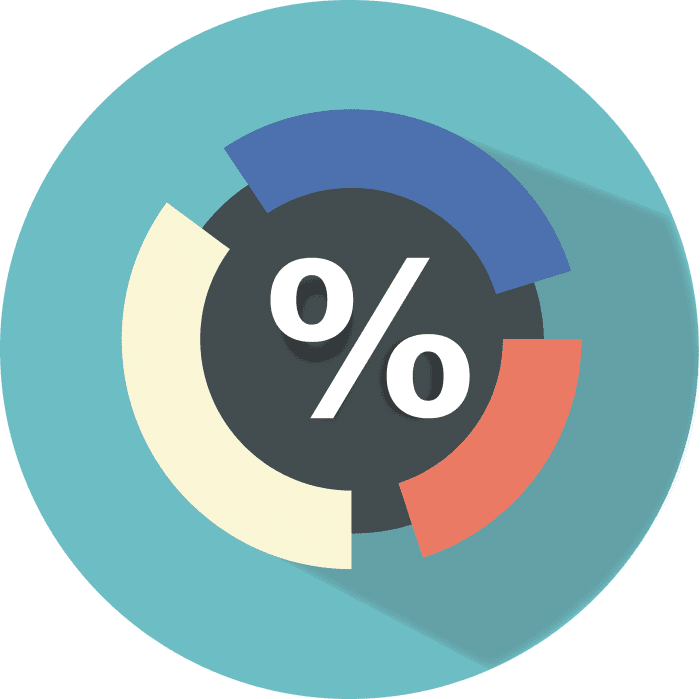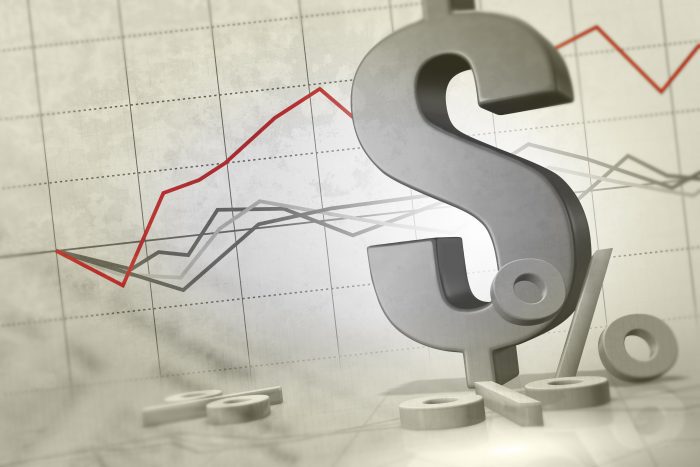By Nancy Burner Esq.

Being a Trustee of a trust carries serious responsibilities and trustees are compensated for their time.
Section 2309 of New York’s Surrogate’s Court Procedure Act sets forth how to calculate the amount of commission. Under the statute, Trustees receive commissions on the amount of property paid out and annually. However, keep in mind that the trust agreement can override the statute. The creator of the trust (Grantor) and Trustee may agree to a different amount, or the Trustee can waive the right to commissions altogether.
The statute lays out that the Trustee is entitled to a commission of 1% of any trust principal paid out. In addition to the 1% commission on distributions of principal, the following fee schedule sets out the Trustee’s annual commissions:
(a) $10.50 per $1,000 on the first $400,000 of principal
(b) $4.50 per $1,000 on the next $600,000 of principal
(c) $3.00 per $1,000 on all additional principal.
Take the simple example of a trust with $1 million dollars in assets that directs $200,000 be paid out to the beneficiaries upon the Grantor’s death. The Trustee is entitled to a $2,000 commission for the distribution and then $5,200 annually. The statute also provides for reimbursement for reasonable and necessary expenses.
The trustee can choose to collect the commission at the beginning of the year or at the end of the year. But once the Trustee chooses a time they must collect the commission at that time of year every year going forward. Any successor or substitute Trustee must follow the same schedule.
Pursuant to SCPA §2309(3), annual commissions must come one-third from the income of the trust and two-thirds from the principal of the trust. Unless the trust says otherwise, commissions are payable one-third from trust income and two-thirds from trust principal. The only exception is for charitable remainder unitrusts or annuity trusts. In such cases, the commissions are paid out of principal, not out of the annuity or unitrust payments.
When deciding what the Trustee’s commission should be, it is important to keep SCPA 2309(3) in mind. This is especially true when the only asset in the trust is the Grantor’s home. Until the home is sold and the proceeds paid out, the Trustee is not entitled to the 1% commission. Likewise, if the home is not generating rental income, then the one-third of the trustee’s commission is not payable under 2309. This may not be important if the Trustee is a beneficiary, but there is no incentive for a non-beneficiary Trustee in this situation.
Determining how to calculate the correct commission owed a Trustee can be complicated. Consulting an experienced estate planning attorney can make the process much easier to navigate. These discussions should be had upon creation of the trust as well as when the Trustee starts managing the trust.
Nancy Burner, Esq. is the founder and managing partner at Burner Law Group, P.C with offices located in East Setauket, Westhampton Beach, New York City and East Hampton.


















